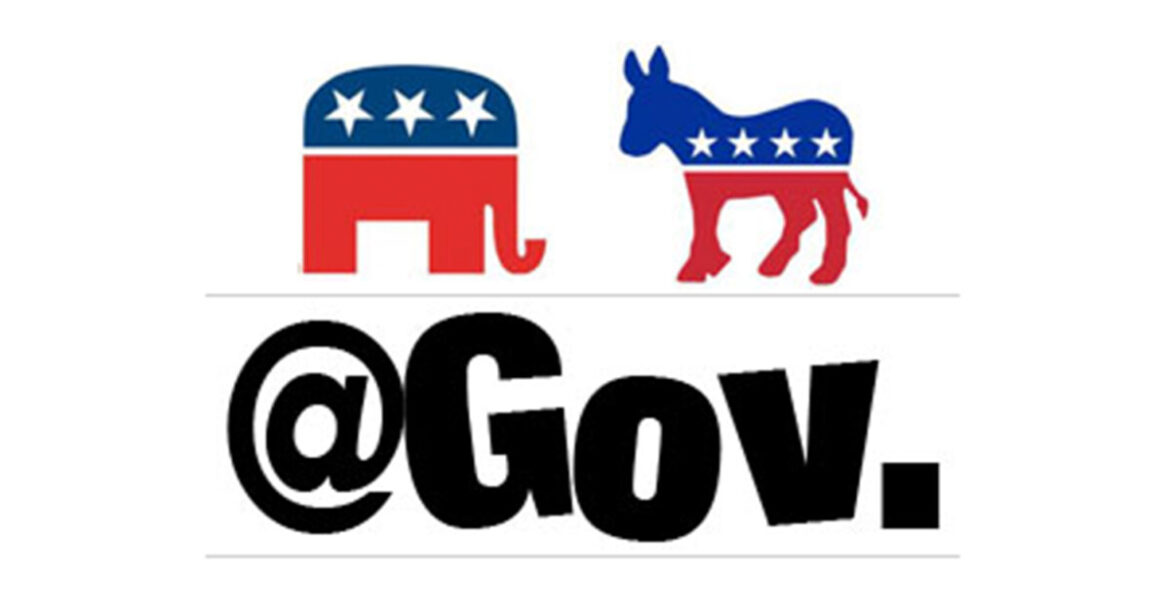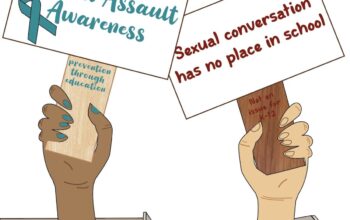Ryan Boulanger, News Editor
@Ryanbcourant
Biden Signs Stopgap Measure to Avert Shutdown.
McCarthy’s Ouster Raises Likelihood of a Government Shutdown.
With Government Shutdown, Troops Still Protect Nation, But Possibly Without Pay.
You’ve probably seen or heard something along these lines in recent news. The likelihood of a government shutdown prompted me to research an assortment of questions, beginning with the basic mechanisms that constitute government activity. In the first installment of my civic-related queries, I aim to share with you what I learned in my initial exploration.
Before we begin to address our current situation or even the implications of a government shutdown, it’s crucial to understand how our government operates. You’ve probably learned in history class that the United States federal government is held accountable via checks and balances, to ensure that no branch gains too much power over the others. Bureaucrats utilize this process daily: to pass legislation, provide foreign aid, or in our case, fund the government. The government collects revenue through excise taxes, payroll taxes, customs duties, along with other forms of taxes.
Last fiscal year the federal government collected 4.9 trillion USD (according to treasury.gov) through these means. What do we do with all of this money? Firstly, the government must allot a certain amount of money to mandatory expenditure. Mandatory spending is dictated by legislation and goes to programs such as Social Security and Medicare, as well as to the workers, corporations, and respective programs of state governments.
Secondly, discretionary expenditure is considered. Discretionary spending covers most importantly national defense (over half of the discretionary spending budget is allocated to the military). The rest of this money goes to federal agencies and programs. These can be anything ranging from NASA to public housing to the CIA.
Before the end of each fiscal year, the president submits a recommendation to Congress regarding the discretionary budget. Congress then has the power to change and review the budget, but both the House and the Senate must approve a singular recommendation. This recommendation is then sent to the president, who has the power to veto, and if they approve it is then signed into law.
Finally, the last tier of the budget is known as supplemental expenditure. For our purposes, I’ll gloss over the details, but in essence, supplemental spending covers needs that can’t wait until the next fiscal year, such as stimulus checks during COVID-19. Last year, in its entirety, the federal budget amounted to 6.27 trillion USD. If you visit the graph on the US treasury website you’ll notice that our spending abruptly spiked after 2019. Putting two and two together, this is due to the supplemental spending incurred during the pandemic. For comparison, in 2018 our total revenue amounted to 3.91 trillion USD, while we only spent 4.83 trillion, a far smaller deficit than in 2022.
In simplest terms, we need money each year for the government to operate. The steps in which I outlined earlier for discretionary spending are known as the appropriations process. The discretionary budget is split up into 12 different bills, each of which has to pass for the government to operate properly. Each of these bills only needs a simple majority to pass in both the Senate and the House, and then is signed into law by the president.
As you can imagine, there are many points of contention throughout the appropriations process. Debates over budget cuts, defense, science research, and welfare programs are all thoroughly examined by Congress before a resolution is passed. The 12 funding bills must be signed into law by October 1st, otherwise, the government temporarily closes. This deadline is often not met, so other measures are in place to prevent a shutdown.
Former Speaker of the House Kevin McCarthy just recently passed what’s called a continuing resolution (abbreviated as CR) to give Congress just over a month extra to complete the appropriations process to prevent a total shutdown. The reason I refer to him as “former” has to do with his recent disposal at the hands of his fellow party members. Many GOP members refused to cater to Democrats over budget concerns, and the passage of a CR, approved by both parties, sparked McCarthy’s ouster.
If a few but not all of the twelve bills are passed, the government enters a partial shutdown, only closing the agencies and programs that have not yet received funding. Now we’ve arrived at the interesting part. What happens during a shutdown? The last government shutdown began on December 22, 2018, and lasted a whopping 35 days, longer than any of the other 13 shutdowns that have occurred in the last 40 years. Politico estimates that over 800,000 federal workers went over a month without receiving a paycheck. They were eventually paid the backlog, but for many dependent on paychecks, going unpaid for a few weeks, let alone over a month, was disastrous.
A government shutdown not only affects federal employees, it also has implications for the general populace. Take the TSA, for example. TSA officers ensure the safety of almost 2.5 million Americans country-wide each day. According to the Express-Times 59,000 out of the 62,000 TSA employees were deemed essential workers during the 2018 shutdown, and continued to work without pay for over a month.
Many of those officers were unable to come to work due to the lack of pay, contributing to significant delays and cancellations.
In addition to the travel industry, low-income Americans who receive SNAP or WIC benefits could be at risk should a shutdown occur. The Express-Times reports that the Biden administration estimates a whopping 7 million Americans who depend on the Special Supplemental Nutrition Program for Women, Infants, and Children (WIC) would lose their benefits at the start of a shutdown.
In its simplest form, a government shutdown has a great impact on the country as a whole. If we can’t decide on how to fund our activity, our government becomes paralyzed, putting millions at risk of losing their jobs, going without pay, or losing their welfare benefits. As the end of the CR draws nearer, it will be up to members of Congress to act in the interests of the public.




